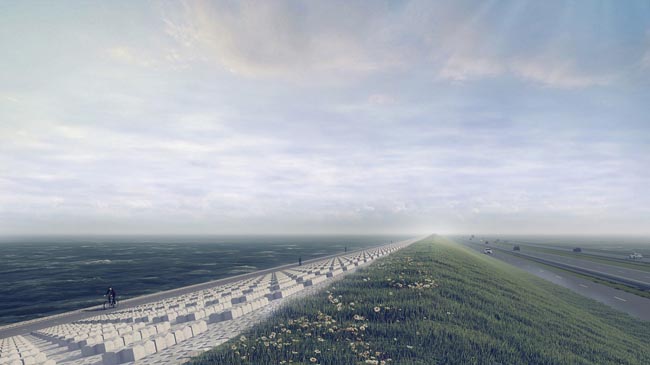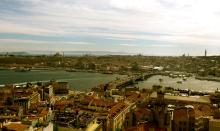
To ensure timely and seamless execution, LafargeHolcim is also investing in the expansion of its Dutch concrete products plant, part of its Solutions & Products segment. When completed this year, the expanded plant will be able to produce 1,000 tonnes of concrete Quattroblocks a day for customers in the Netherlands, Belgium and Germany. LafargeHolcim has more than 40 years of experience in providing state-of-the-art sea defence solutions in the Netherlands and the investment will allow the company to grow this business further.
Marcel Cobuz, LafargeHolcim region head Europe: “As part of our Strategy 2022 – ‘Building for Growth’ we have committed to growing the new Solutions & Products segment further. We are very proud to be a partner in this landmark project that underlines our world-class capabilities in supporting challenging infrastructure projects. With sea levels expected to rise further we are offering solutions that contribute to protecting particularly vulnerable landscapes such as the Netherlands.”
The Afsluitdijk is a prime example of Dutch hydraulic engineering excellence. Since 1932 the dyke has protected large parts of the Netherlands against flooding from the Wadden Sea. After more than 85 years, the dyke is now in need of renewal and will be significantly reinforced. Its specifications will eventually enable it to withstand a storm that could occur once in 10,000 years and will also provide protection against rising sea water levels. Rijkswaterstaat which is part of the Dutch Ministry of Infrastructure and Water Management has commissioned the strengthening of the dyke, increasing the discharge capacity and building pumps to transport more water to the Wadden Sea. The project is led by the Levvel consortium (BAM, Van Oord and Rebel) and construction has begun at the end of 2018. It will be completed in 2023.
The LafargeHolcim solution will be used on the slope of the dyke and dams. Extensive tests have shown that the new Quattroblock is 40 percent more stable than the previous Basalton columns. As a result, a relatively low column height could be used in the design of the Afsluitdijk, which has major advantages in terms of durability, costs and practicability among others.









